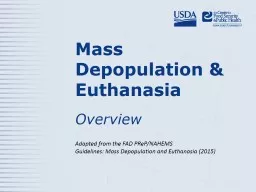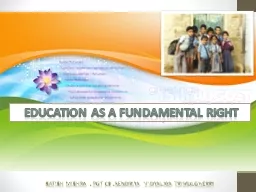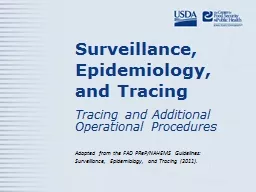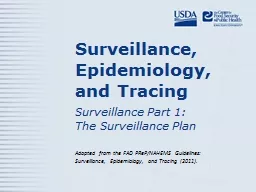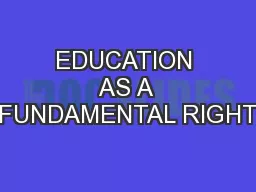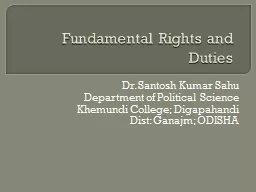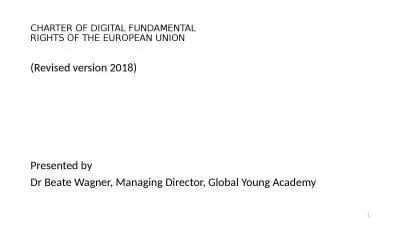PPT-New Media in India: From Fad to Fundamental?
Author : jane-oiler | Published Date : 2018-03-22
Dr Sunetra Sen Narayan amp Dr Shalini Narayanan A warm hello from India Dr Sunetra Sen Narayan amp Dr Shalini Narayanan 5 October 2017 Why India is important
Presentation Embed Code
Download Presentation
Download Presentation The PPT/PDF document "New Media in India: From Fad to Fundamen..." is the property of its rightful owner. Permission is granted to download and print the materials on this website for personal, non-commercial use only, and to display it on your personal computer provided you do not modify the materials and that you retain all copyright notices contained in the materials. By downloading content from our website, you accept the terms of this agreement.
New Media in India: From Fad to Fundamental?: Transcript
Download Rules Of Document
"New Media in India: From Fad to Fundamental?"The content belongs to its owner. You may download and print it for personal use, without modification, and keep all copyright notices. By downloading, you agree to these terms.
Related Documents


